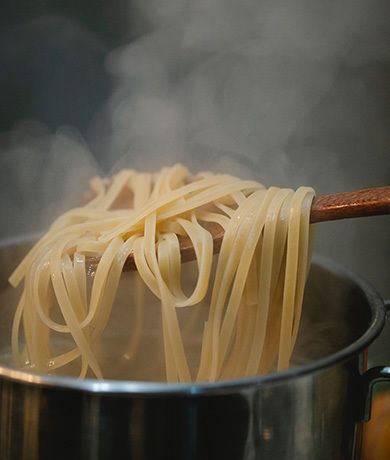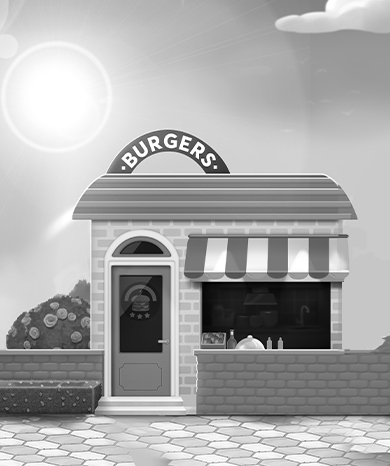Publication date October 25, 2022
Victorian era Food That is Amazing Even For Today’s Generation
Queen Victoria's death marked the end of the Victorian era, which is known for its design trends, industrial boom, literary heroes, and creepy black-and-white photos of people who look like they have no soul. The Victorian era had a significant impact on making some pretty great things, like a good old high tea, which we still enjoy on the occasional Sunday afternoon. But other than this small but much-loved addition to our food, Victorian-era food was very far off the mark. From flour soup to jellied eels, these weird food that were made should be written down and never seen again.
Some of the foods that were popular in the 1800s, like Queen Victoria's marrow toast, aren't likely to come back in a big way. There are many easy-to-make recipes that are tasty, easy to change, and comforting.
Victorian Sponge Cake
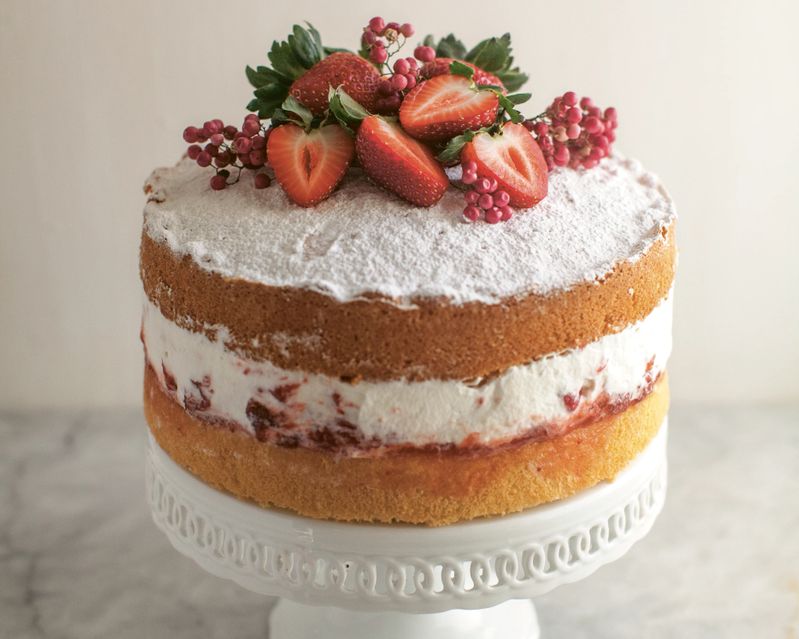
Source: Epicurious
Recommended articles
Alfred Bird, an English food manufacturer, came up with baking powder in 1843. This made it possible for cakes to rise to heights that had never been possible before, and it also made cakes lighter and airier. The Victoria Sponge, which is sometimes called Victoria Sandwich Cake, was then made as a celebration for Queen Victoria, who liked to have cake with jam for her afternoon tea. Victoria Sponges are a popular treat today. Here's a simple way to make this royally golden, cream- and jam-filled teacake at home.
Treacle Tart
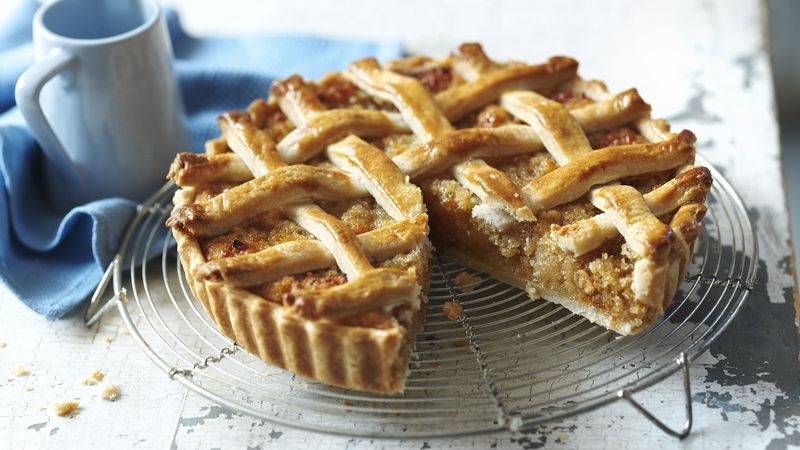
Source: BBC
If you grew up with Harry Potter, you might know that this is Harry's favorite dessert. However, the treacle tart has been around for a long time. It first showed up in cookbooks in the 1800s. This recipe shows you how to make a shortcrust pastry pie with a filling of golden syrup, which is also called light treacle, breadcrumbs, lemon juice, and zest. You can put ice cream, custard, or cream on it. A magical treat for afternoon tea!
Kedgeree
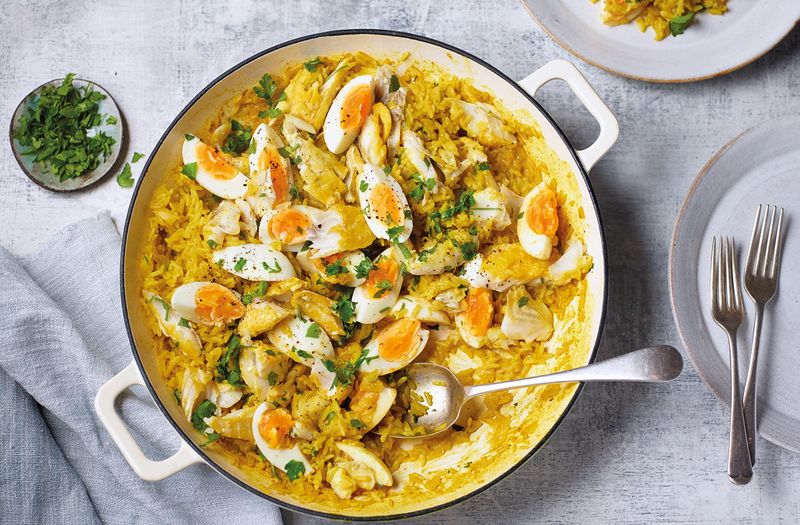
Source: Tesco Real Food
After Queen Victoria was named Empress of India in 1876, curried foods like kedgeree became popular all over England. It is a breakfast dish that is made with rice, smoked fish, curry powder, and sliced hard-boiled eggs.
Lancashire HotPot
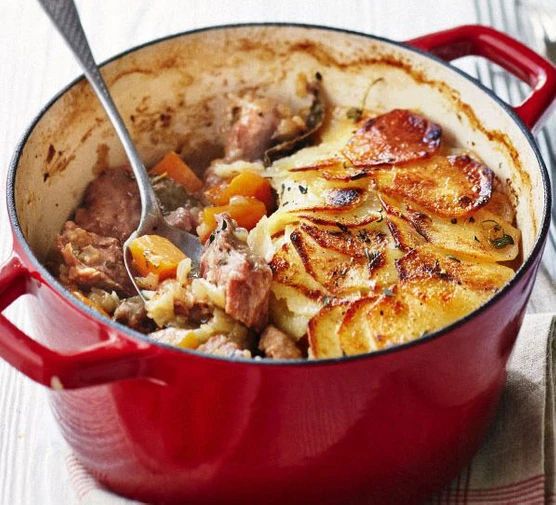
Source: BBC Good Food
After the Industrial Revolution, when people had to work at home and couldn't tend to their stews, Hot Pots, which could stay in the oven for hours, became more popular. Lancashire HotPot used to be made with mutton, but in the last century, it has become more common to use lamb. It is either topped with baked pastry or golden potatoes This hot pot should be on the menu of every pub.
Yorkshire Pudding
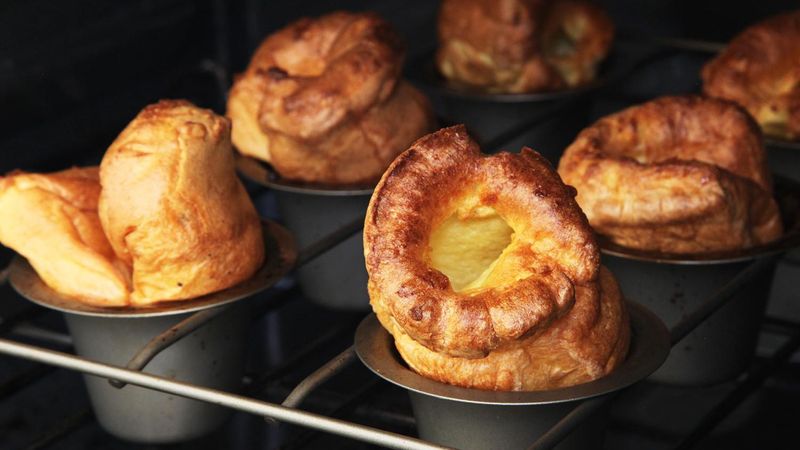
Source: Serious Eats
In the early 1800s, Yorkshire pudding was cooked in a pan under a beef joint that was roasting on a spit. So, the meat juices would cook the batter and give it color. In order to make sure there was some meat left over, it was always served with gravy first.
Hodge Podge Stew

Source: Kent Rollins
On a cold night, nothing warms you up like a hearty stew, and the Victorians knew this. This "hodgepodge stew" is based on a recipe from Mrs. Isabella Beeton's 1861 book on running a home. It is made with beef, carrots, turnips, and pale beer. It is sure to fill the house with warmth and flavor.
Ice cream from back in the time
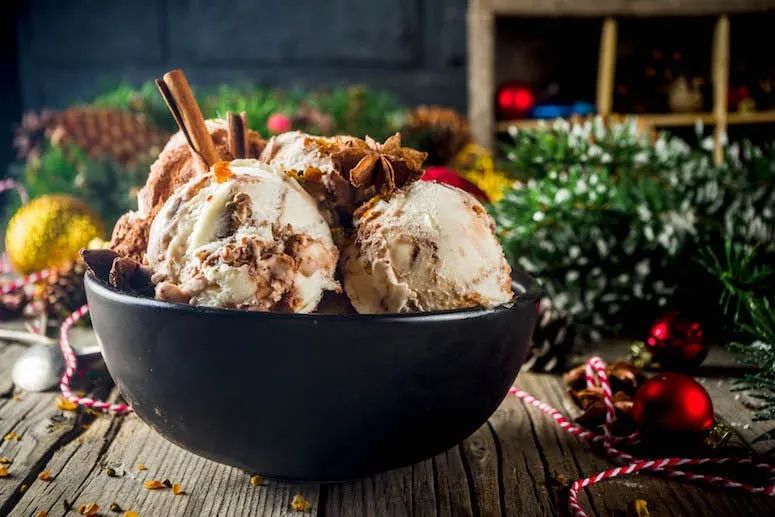
Source: Audacy
One of the many things that street food vendors brought to Victorian England that made everyone happier was ice cream shops and stands. In the late 1800s, people came up with ice cream sundaes and floats, which made ice cream even more popular. Here are two recipes for old-fashioned ice cream that come straight from Victorian cookbooks and, even better, can be made at home.
Raspberry Summer Pudding (English Style)
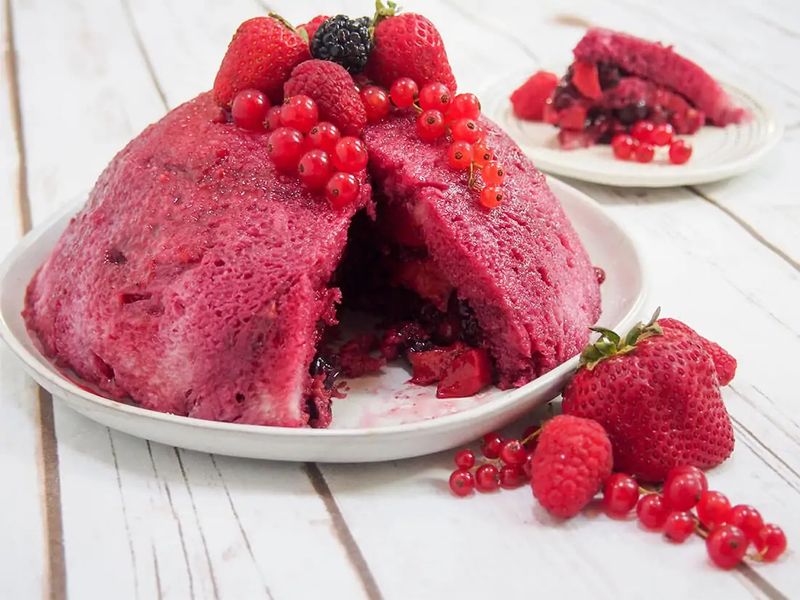
Source: Caroline's Cooking
Victorian cooks didn't want to waste anything, so they would put stale bread slices around the edge of a bowl and fill it with overripe berries and their juice. The pudding would sit out overnight so that the juice could soak into the bread and turn it a pretty shade of pink. It would be turned out onto a plate and decorated with whipped cream before being served.
Battenberg Cake
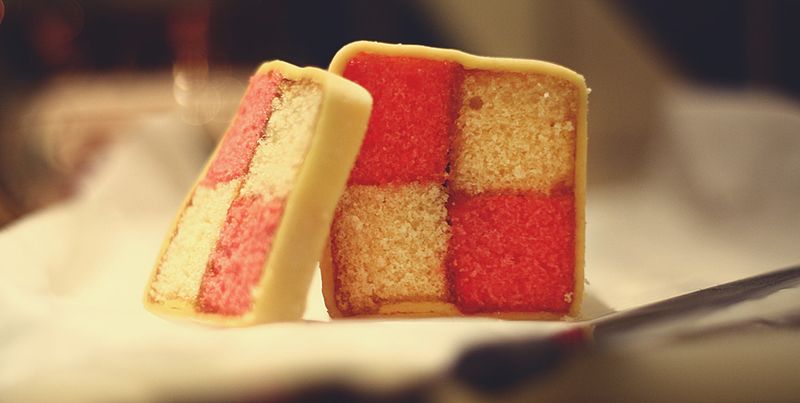
Source: Wikipedia
It is said that this unique cake was made for Queen Victoria's granddaughter when she married Prince Louis of Battenberg. It has a checkered pattern and is wrapped in marzipan. It is now mass-produced in the U.K., and you can buy it at any grocery store to have with tea in the afternoon.
Lard Two-Crust Pie Pastry
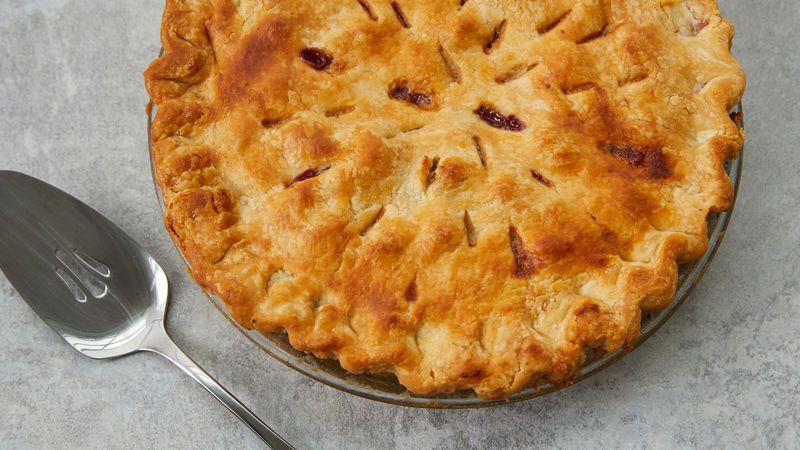
Source: Betty Crocker
In Victorian times, warm lard was used to make savory pastries because it made the dough easier to work with and shape into the fancy metal and ceramic baking molds that were the norm. The fillings of pies were made of many layers of game meat and stock that had been set in jelly. These "raised" pies were made to impress guests.
Tell us in the comments which of these are your favorites.

